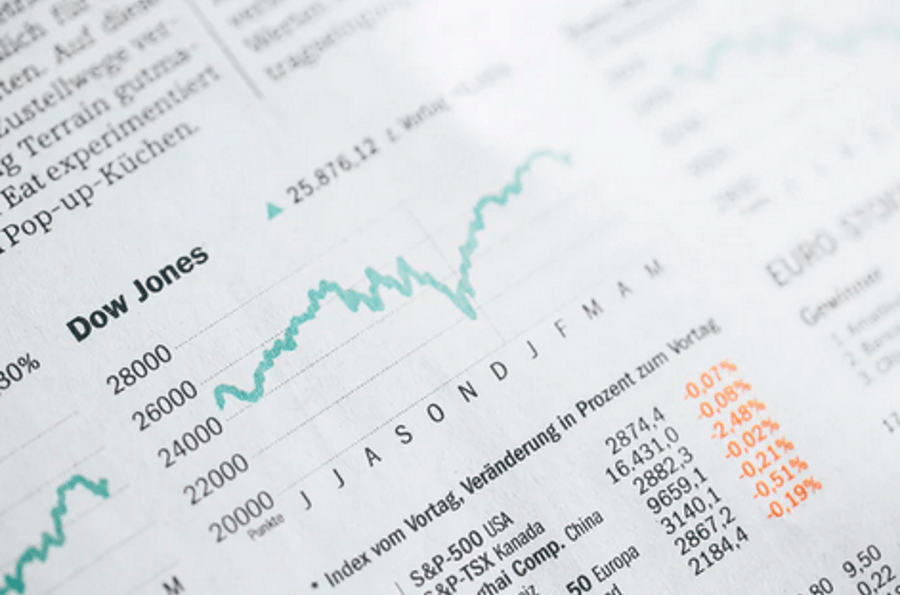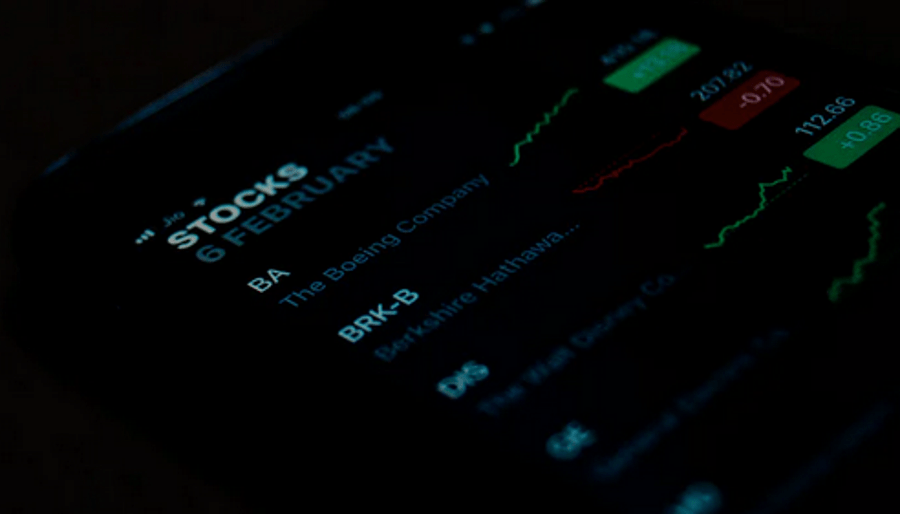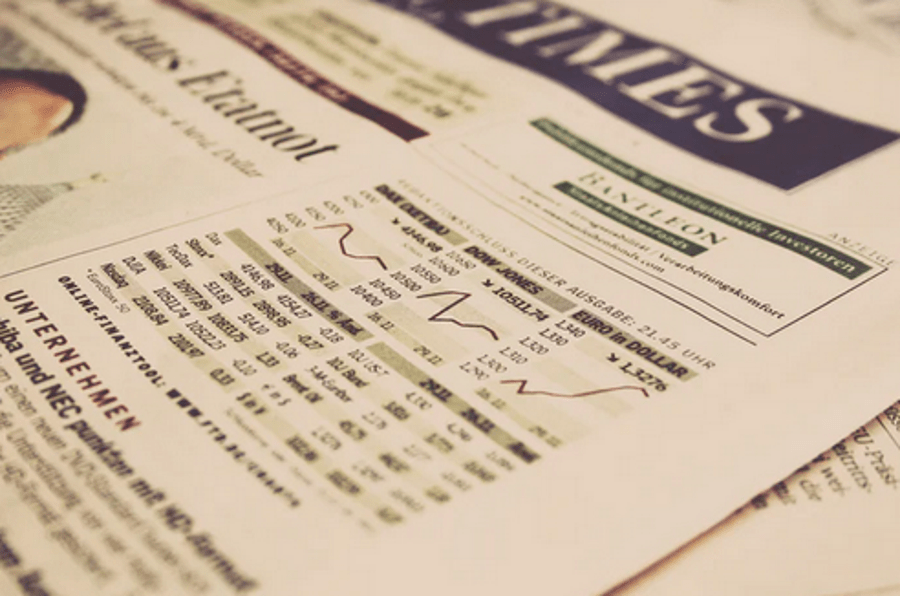In basic terms, an index fund is a mutual or ETF fund designed to track a specific market index such as stocks, bonds or other types of investments. As a long-term investor, index funds offer many benefits. First, it’s easy to gain good returns from index funds as they allow you to take advantage of the longevity of the stock market. Also, buying a good index fund will help you save money. It is possible to participate with just a single purchase, which leads to a lower cost of transaction. A lot of index funds also run in a way that helps to minimize turnover while maintaining lower expense ratios.
As a long-term investor, it is important to choose the right type of index funds as not all are suitable for you. This guide will explain the different index funds available and help you to choose the best one for you based on your long-term investment needs.
Fidelity Zero Large Cap Index (FNILX)

The FNILX has no minimum requirementThis index fund investment focuses on the U.S. equity market. This mutual fund does not track the S&P 500 officially since it technically follows the large-cap U.S equity market. Unlike a lot of other funds, this index fund has no minimum requirement for you to invest. The Fidelity Zero Large Cap Index also has a 0% expense ratio. This zero-expense ratio fund is directly available to individual investors. It is also designed in a way that reflects how the large-capitalization stocks in the U.S. perform.
Though the FNILX has not been in operation for as long as the S&P 500, it performed as well as the S&P 500 within the first three months it was launched. The FNILX invests in 500 of the largest U.S. companies in the exchange market. The fund’s top holdings include Microsoft Corp, Apple Inc, Amazon.com Inc, Alphabet Inc, Johnson and Johnson, Berkshire Hathaway, Visa Inc, and JPMorgan Chase & Co. You can make more money when you buy the FNILX in a tax-advantaged account such as an IRA, ROTH, 401K, or 457b. This is because you will not have to pay taxes on the income you get from the fund.
Schwab S&P 500 Index (SWPPX)

The SWPPX has a 0.02 expense ratioThe Schwab S&P 500 index, sponsored by Charles Schwab, now has up to $40 billion in assets as of May 2020. Schwab is famous for its focus on making products or deals that largely benefit investors. The SWPPX has no minimum investment rate while the expense ratio is also low, as it’s set at 0.02%. The SWPPX top 10 holdings also include Apple Inc, Microsoft Corp, Facebook Inc A, Alphabet Inc A, Amazon.com Inc, Alphabet Inc Class C, Johnson & Johnson, Berkshire Hathaway Inc Class B, Visa Inc Class A, and JPMorgan Chase & Co. The management style of the SWPPX is passive and index-based, with a dividend yield of 1.77%.
The Schwab S&P 500 Index has assets invested in over 500 different holdings as of 2020. When compared to other index funds in the large-blend group, the SWPPX has an average risk. The risk is directly associated with that of the S&P 500 and the ever-fluctuating U.S. stock market. The investment return level is also considered to be above average based on its performance over the last 10 years. In terms of performance, the SWPPX has a return percentage of 9.45% over the past year, 13.45% over the past three years, 10.82% over the past five years, and 15.81% over the past 10 years.
Vanguard Mid Cap Index (VIMAX)

The VIMAX is a low-risk index fundThe VIMAX is a mid-cap index fund and is suitable for investors who want a low-risk mid-cap fund which can also bring high returns. VIMAX has about $105.82 billion in assets invested in 347 holdings. The fund has holdings in companies such as Digital Realty Trust Inc, Newmont Corp, and lots more. VIMAX works by tracking the performance of an index that measures the return on investment of mid-cap stocks through an indexing investment method.
The investment holdings cut across consumer services, consumer goods and technology, industrials, and financials. The VIMAX tracks the United States Mid-Cap Index, and its annual returns over the past decade have been comparable with similar large-cap funds. This index fund has performed better than 85% of the similar mid-cap funds over the past 15 years. Over the past year, VIMAX had a 4.81% return, 6% over the past three years, and 11.54% over the past 10 years. This index fund also has a low expense ratio of 0.05%. Since mid-cap index funds are less risky than large-cap funds, VIMAX is a low-risk investment. The minimum investment is $3,000.
Vanguard 500 Index (VFINX)

The VFINX is a low-expense ratio index fund and one of the most observed benchmarks for U.S. stocks. Vanguard launched this index fund in August 1976 in the United States. Vanguard offers a wide distribution of ETFs and mutual funds. VFINX tracks the S&P 500 index, with top holdings in numerous companies. They include Microsoft Corp, Apple Inc, Amazon.com Inc, Facebook Inc, Alphabet Inc, Procter & Gamble as well as many others. VFINX covers about 80% of the investable market cap of the U.S. equity market. This index fund falls into the large-cap category. The index fund has assets invested in 516 holdings, all of which total $519.26 billion.
The minimum initial investment is set at $3000, which isn’t high. The expense ratio is also on the low side, at a rate of 0.14%. Compared to other index funds in the large-blend group, the VFINX investment risk is average, though it largely depends on the S&P 500 and the U.S. stock market. The return rate of the index fund has been above average over the past 10 years. VFINX had a return rate of 12.69% over the past year, 10.09% over the past three years, and 12.99% over the past 1o years.
Fidelity Spartan 500 Index (FXAIX)
The Fidelity Spartan 500 index is another index fund that tracks the S&P 500 index. It was launched in October 2005 and has maintained a good performance run since then. Like the VFINX, the FXAIX covers about 80% of the investable market cap of the U.S. equity market. The FXAIX serves as good competition for the VFINX. In fact, they both hold the same stocks. However, the Fidelity Spartan 500 Index has a lower expense ratio of 0.02%, compared to VFINX’s 0.14%.
The index fund also has a minimum investment rate of $0. FXAIX currently has assets in 507 holdings, all of which are worth nearly $224.22 billion. It has holdings in top companies including JPMorgan Chase & Co. and Visa Inc CI A, to mention a few. Over the past year, the index fund had a return rate of 12.83%, 10.22% over three years, 9.86% in the past five years, and 13.14% over the past decade. This index fund is perfect for people who are eager to learn about how to start investing in stocks, mainly because Fidelity is one of the foremost and most reliable index fund and investment service providers.
Vanguard Total Stock Market Index (VTSAX)
The last index fund we’ll recommend in this guide is the VTSAX. In April 1992, Vanguard launched this index fund as part of its mutual funds and ETFs. The VTSAX tracks the CRSP total market index in the U.S. Rather than expose investors to just 500 of the largest U.S. companies, the VTSAX opens investors to the whole stock market in the U.S. Facebook Inc. CI A, Amazon.com Inc., Apple Inc., and Microsoft Corp and many other companies constitute a part of VTSAX’s top holdings.
The index fund currently has assets in 3,498 holdings, which total $861.27 billion. The expense ratio is 0.15%, which is considered low compared to many other index funds, though some strong competitors offer better with a higher minimum investment. VTSAX’s minimum initial investment is set at $3,000. Compared to other index funds in the large-blend group, this fund is of average risk. Over the past year, the fund had a return rate of 11.34%, 9.54% over the past three years, 9.15% over the past five years, and 12.81% over the last 10 years.
Conclusion
Based on research and the ratings of top index fund researchers, we have compiled the index funds above which are best suited for long term investors. These index funds have lower expense ratios and high returns. All you need to do is to study each of them carefully and choose the one that suits you and your long-term investment needs the most. With all things being equal, you are guaranteed to get the most out of your investments.

IntelligentHQ Your New Business Network.
IntelligentHQ is a Business network and an expert source for finance, capital markets and intelligence for thousands of global business professionals, startups, and companies.
We exist at the point of intersection between technology, social media, finance and innovation.
IntelligentHQ leverages innovation and scale of social digital technology, analytics, news and distribution to create an unparalleled, full digital medium and social business network spectrum.
IntelligentHQ is working hard, to become a trusted, and indispensable source of business news and analytics, within financial services and its associated supply chains and ecosystems.









